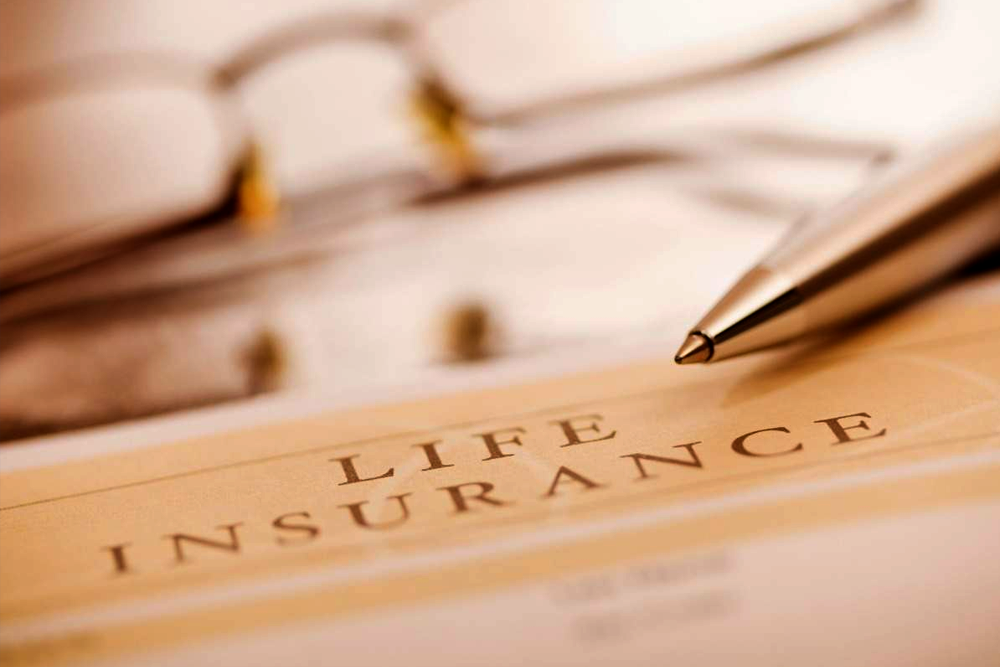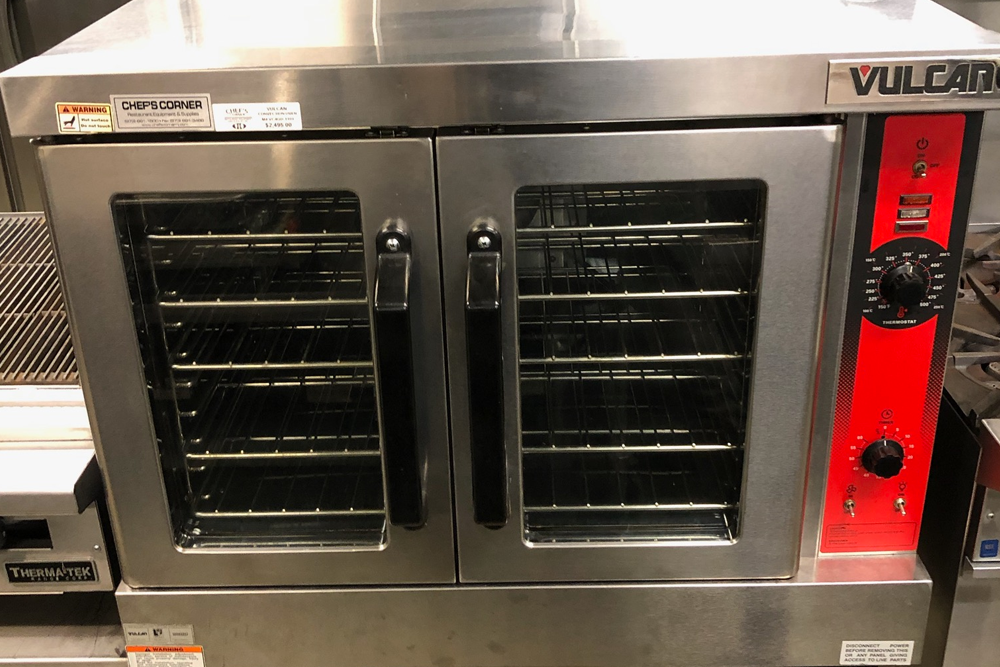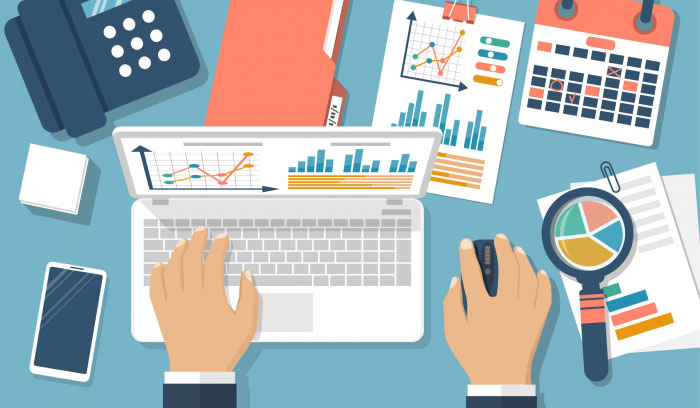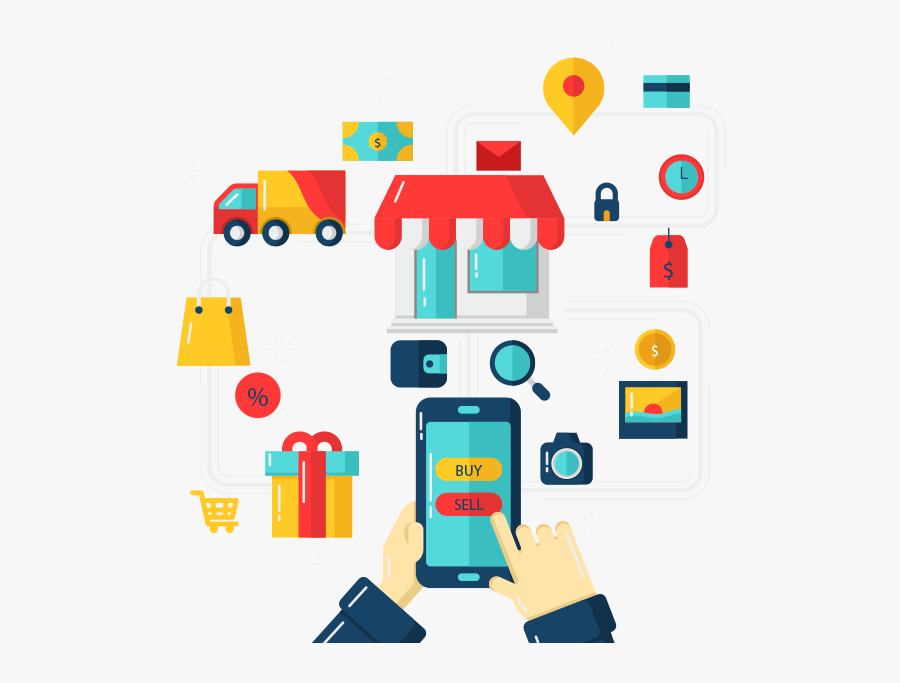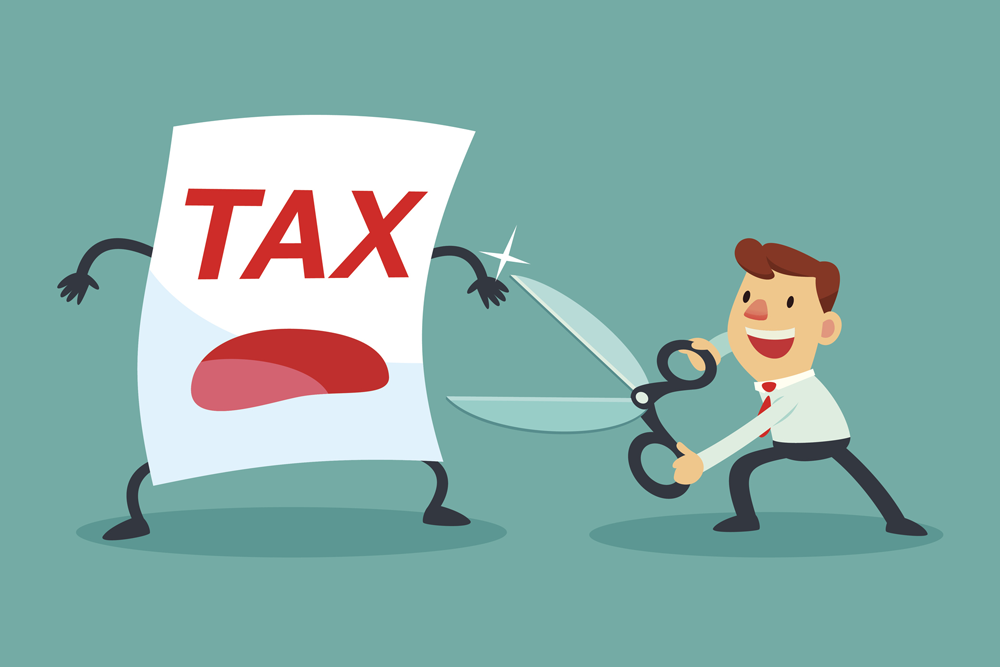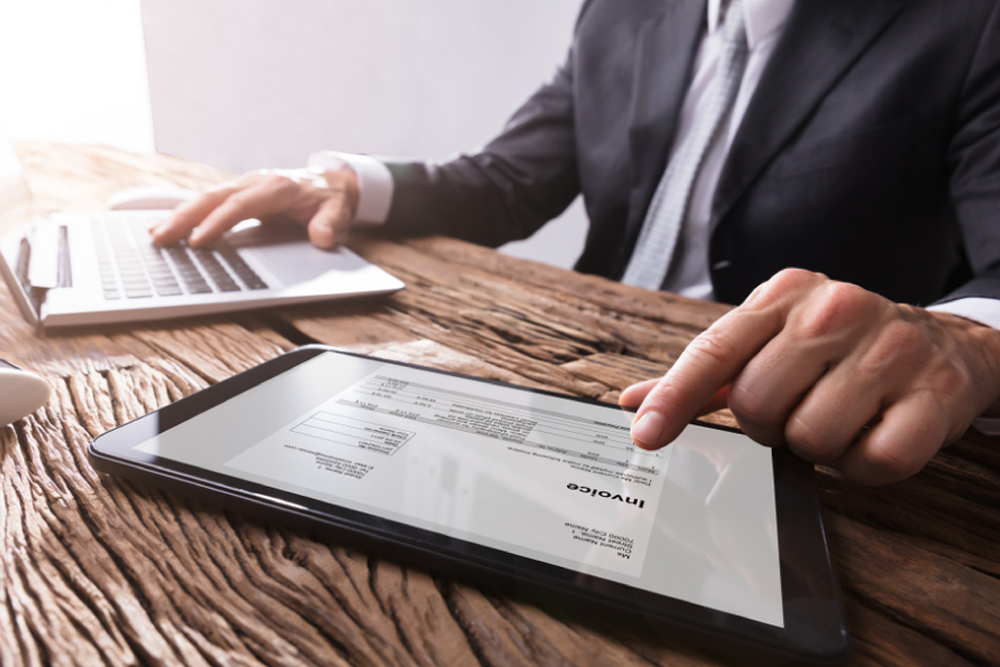Are you looking for an equipment lease or a lease contract company for your next equipment purchase or just want to know, “How does equipment lease finance work? Are you wondering if you should go for leasing or financing your equipment? All the information you require is here. But before we can take a look at how does equipment lease finance work? Let’s go through some of the reasons you should consider equipment lease financing.
How does equipment lease financing benefit your business?
Sometimes, a company cannot buy right away the equipment it needs to operate for many reasons, such as a startup, insufficient cash flow, or a need to secure working capital. This is where equipment lease financing comes in as an ideal option. You can acquire a machine, technology, business equipment, and printer through equipment lease financing. Among other equipment, you could lease plant machinery, a gaming machine in a pub’s corner, mining equipment, or catering equipment.
How does equipment lease finance work?
There is a wide variety of equipment lease financing options. So how do they work? With an operating lease, your company can use assets; however, it does not provide any equipment’s ownership rights. Usually, possession is justify to the lease financing company or the financial institution. Nonetheless, an agreement to an operating lease is usually the funding of assets in an off-balance sheet. It is where the linked liabilities of later rent payments and leased equipment are not included on the firm’s balance sheet.
Another example of an equipment lease contract is a lease-purchase agreement. This is where the company that leases the equipment pledges to purchase the equipment after the leasing term is over. Generally, a lease option is almost the same as a lease-purchase agreement. This is because the same business has the choice to purchase the equipment either in the course of the lease period or at the end of it.
You can also find other leasing agreements like closed-end and open-end agreements. When it comes to a closed-end leasing agreement, no funds are obligated when the lease period is over. This indicates that the equipment can be given back without incurring extra costs. An open-end lease, on the other hand, is quite different. That is because small monthly payments are made and followed by a huge payment known as ‘balloon payment’ when the lease period is over. Even though this allows your company to maintain cash flow, the last payment can cost you more than you would have purchased the equipment. If an open-end lease is the only option you got, it is advisable to ensure that you do not incur extra fees like wear and tear.
Equipment lease financing is the best option for startups that find it challenging to acquire equipment because of their lack or little credit history. In such an event, several equipment lease financing companies take into account personal credit history all through the approval process. There are many equipment lease financing providers such as banks, brokers, independent leasing companies, captive leasing companies, distributors, and equipment dealers. Note that each option has its advantages.
Distributors and equipment dealers can help with arranging to fund through independent leasing companies. On the other hand, Brokers ask for a small fee to serve as the lessors and lessees intermediary. Usually, the lessee is required to offer the latest standard identification documents and a set of business accounts.
What are the costs involved in equipment lease financing?
With equipment lease financing, the equipment’s final cost could end up being more than if it was purchased right away. For a lease financing option, a premium is most likely going to be provided to have the chance to buy the equipment. If your company does not adopt that option, then the premium is deemed non refundable.
Typically, just like with any kind of finance, it is essential to go through the lease agreement before committing to it thoroughly. You could compare the equipment leasing costs to the present interest rates to identify if the terms are good. You can also compare the leasing costs of purchasing the equipment immediately since it might turn out that it is cheaper or convenient to take the instant financial hit.
What kind of security do I need?
Little security is needed since the leased equipment secures the equipment lease financing agreement. Also, companies that have assets but are experiencing financial challenges can borrow against that equipment by using asset financing while going on with their use.
What will happen to the equipment at the end of the lease term?
It is not your obligation to purchase the equipment after the lease period is over. So you can return an obsolete piece of equipment after the contract is over and open another lease on another newer equipment. In other cases, you can have the choice to trade out your equipment in the middle of your agreement if the asset you were using gets obsolete.
Benefits of equipment lease financing
- Tax Incentives – The lessee will pay some periodic rentals termed as revenue expenses when calculating taxable profits. Thus, a benefit to a lessee who can lower his or her tax liabilities.
- More suitable for a business than a term loan – Usually, equipment lease financing companies take a relatively shorter time when processing your lease contract. This duration tends to be lesser compared to the time taken to process a real term loan. This makes equipment lease financing a more suitable source of the fund than a term loan.
- Low Maintenance Cost – Based on the lease agreement, sometimes the lessor can provide the lessee some specialized services. The lessee can provide these services to maintain a particular leased asset—usually, the lesser charges via increased rentals for these kinds of specialized services.
- You don’t have to be bothered to look for more money – With lease equipment financing, you can rent a specific piece of equipment that seems financially impossible for you to purchase right away. Usually, you will not be requested to make any kind of upfront payments. Also, the monthly rate involved is typically lower compared to what you would find out attached to a business line of credit or business loan.
- The Flexibility of cash flow – Using your working capital to update or purchase equipment might not be a wise idea, mainly if you are already low on cash. With no down payment required to get a lease, you will have additional money to take care of your bills, buy inventory, and make payroll.
- Being up-to-date with technology – For those in a technology-related industry, it is simpler to understand that your piece of equipment should be the best in the market. It would not be financially sensible to keep on replacing it after a few years. In case you realize that you will need equipment upgrades constantly, leasing equipment would be a more considerable option compared to buying.
Cons of equipment lease financing
Leasing equipment requires that you pay interest, which adds to the overall cost of a machine over time. Sometimes, equipment leasing financing can be more expensive than buying the equipment outright – mainly if you buy the equipment when the lease term has expired. Moreover, some lenders enforce particular term lengths and mandatory service packages. This can add to the cost if the lease term extends beyond how long you require the equipment. In this case, you could get stuck with a monthly payment and storage costs associated with unused equipment.
 Purchasing vs. leasing equipment
Purchasing vs. leasing equipment
Whereas many companies benefit from equipment leasing, an outright purchase is more cost-effective in some cases. When comparing purchasing and leasing options, consider these factors:
- Purchase price
- Equipment usage
- Monthly lease costs
- Annual depreciation
- The amount to be financed
- Tax and inflation rates
- Ownership and maintenance costs
The equipment lease financing process: What to expect
When applying for an equipment lease financing, you can expect the process to incorporate the following steps.
Step 1: You complete an equipment lease financing application. Make sure you have financial data available for your business and its principals, as this might be required upfront or after originally completing the application.
Step 2: The lessor will process your application and notify you of the result. This often happens within 24 to 48 hours of you submitting the financing application. Some lessors might not require a business plan or financials for applications on dollar amounts from $10,000 to $100,000. For funding on $100,000 to $500,000 (and up), anticipate providing complete financials and a business plan.
Step 3: After you receive approval, you must review and finalize the lease structure, including the fixed APR and monthly payments. After that, you will sign the documents and resubmit them to the provider, generally together with the first payment.
Step 4: After the lessor has received and accepted the first payment and the signed documents, you are notified that the equipment lease is in effect and that you are free to accept the delivery of the tool and commence any training necessary.
Step 5: The funds are released within 24 to 48 hours directly to you or the manufacturer you are purchasing from.

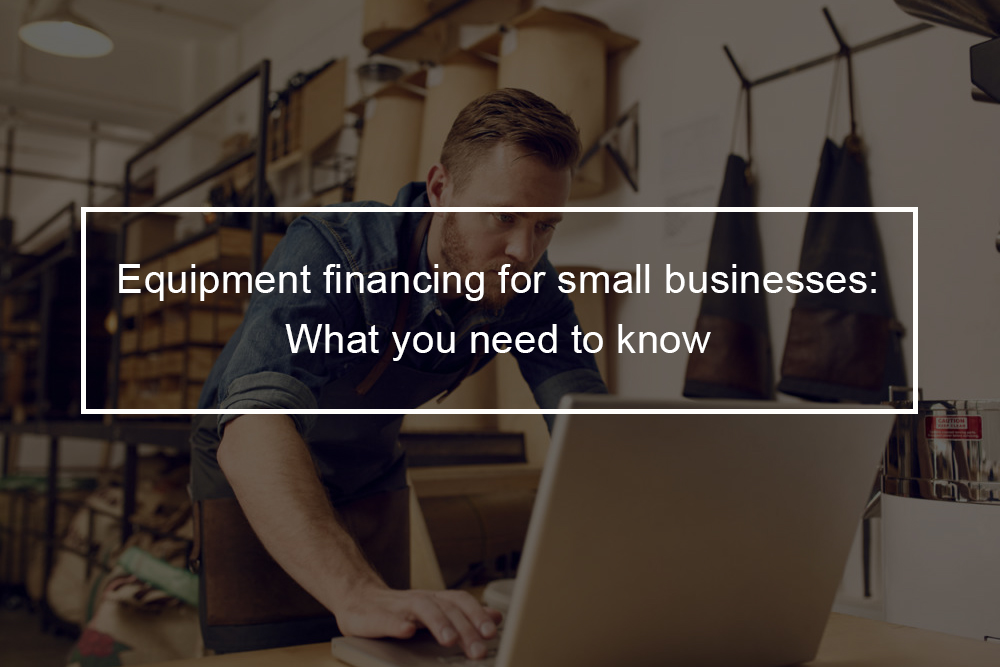
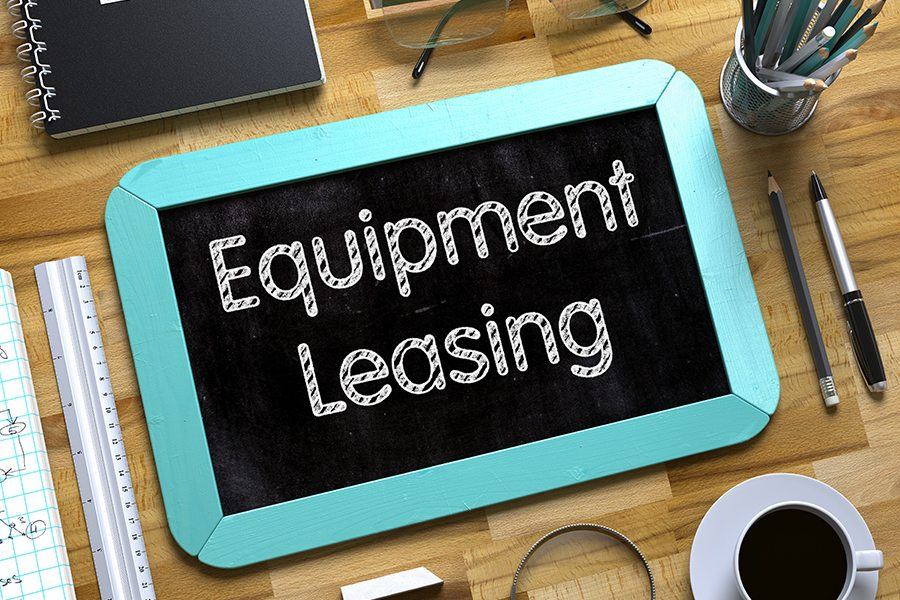
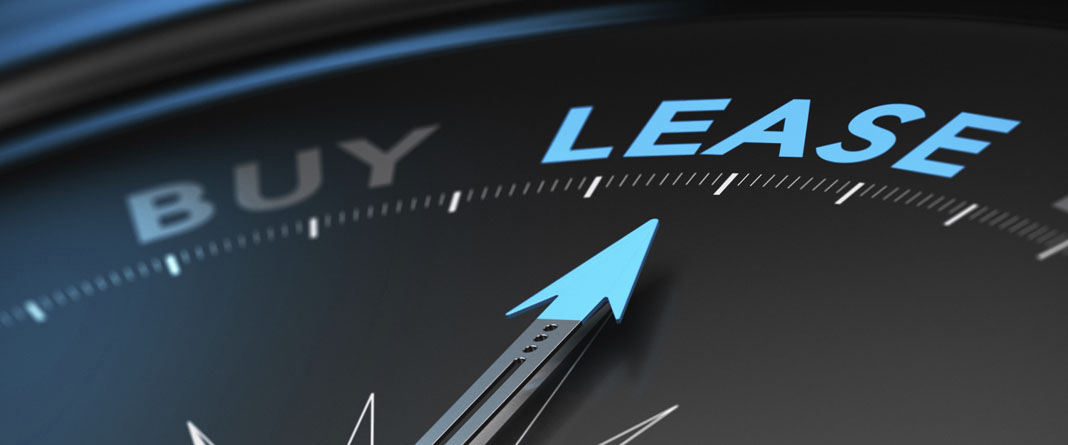 Purchasing vs. leasing equipment
Purchasing vs. leasing equipment 

